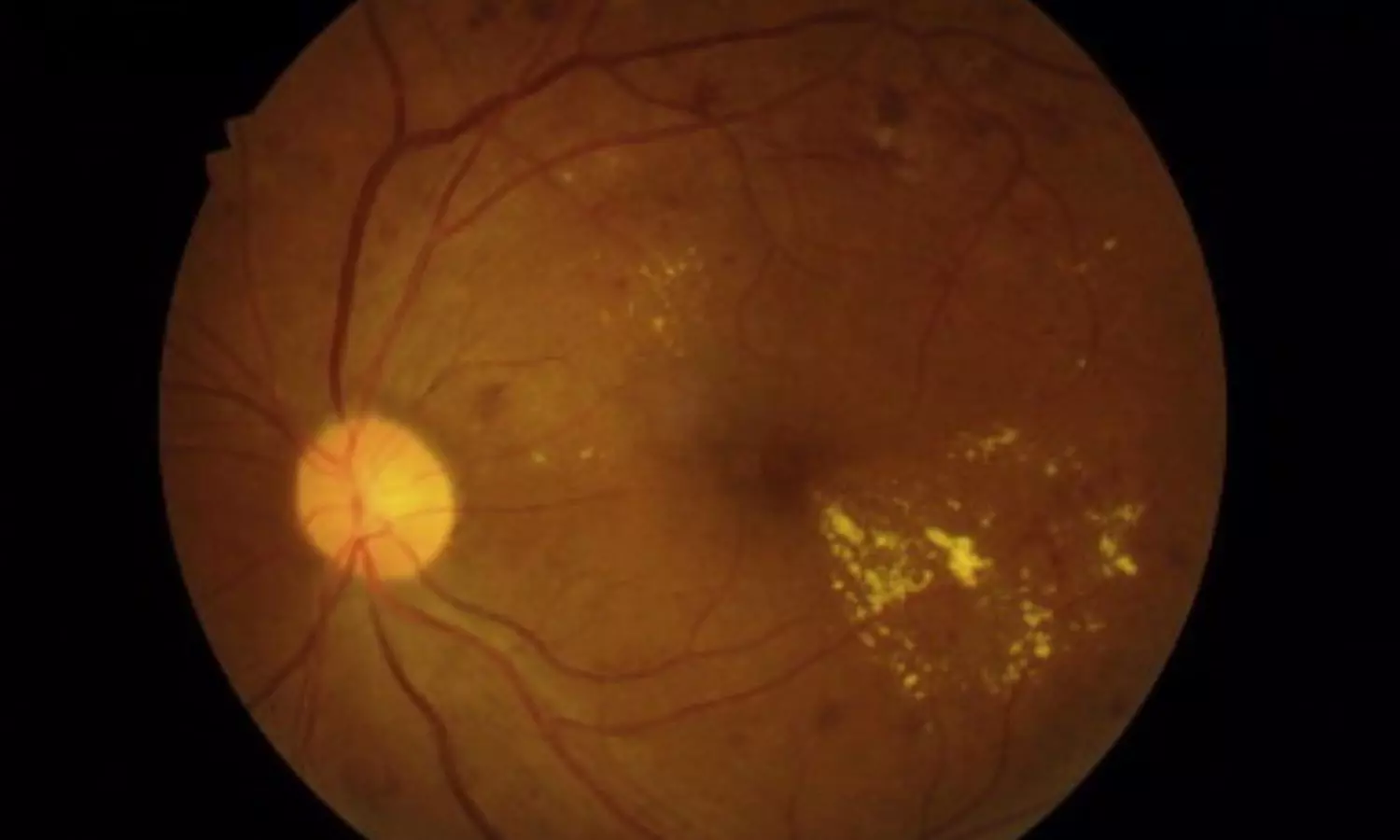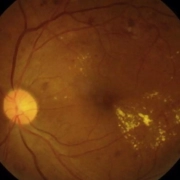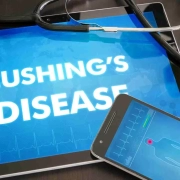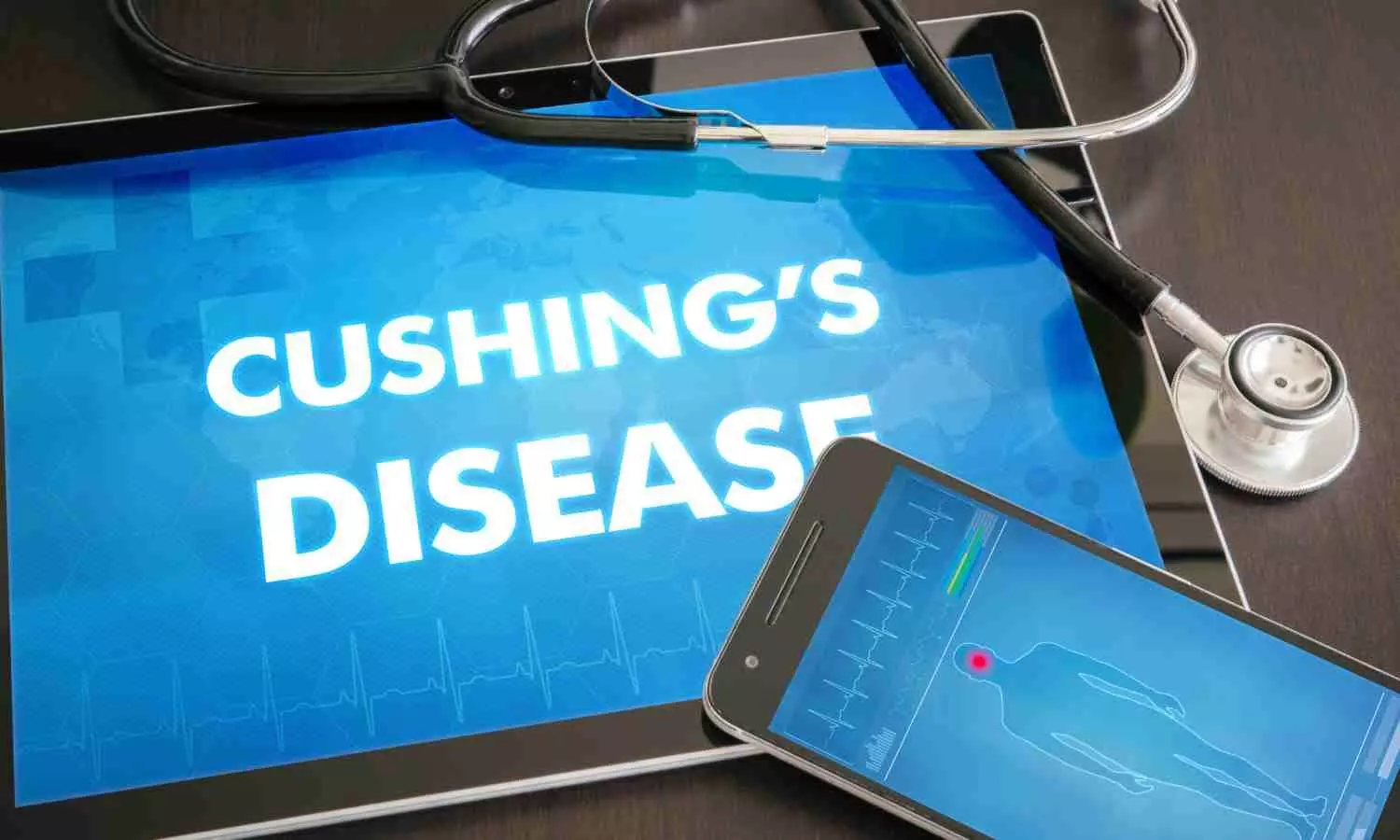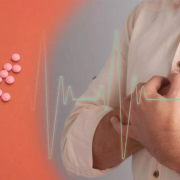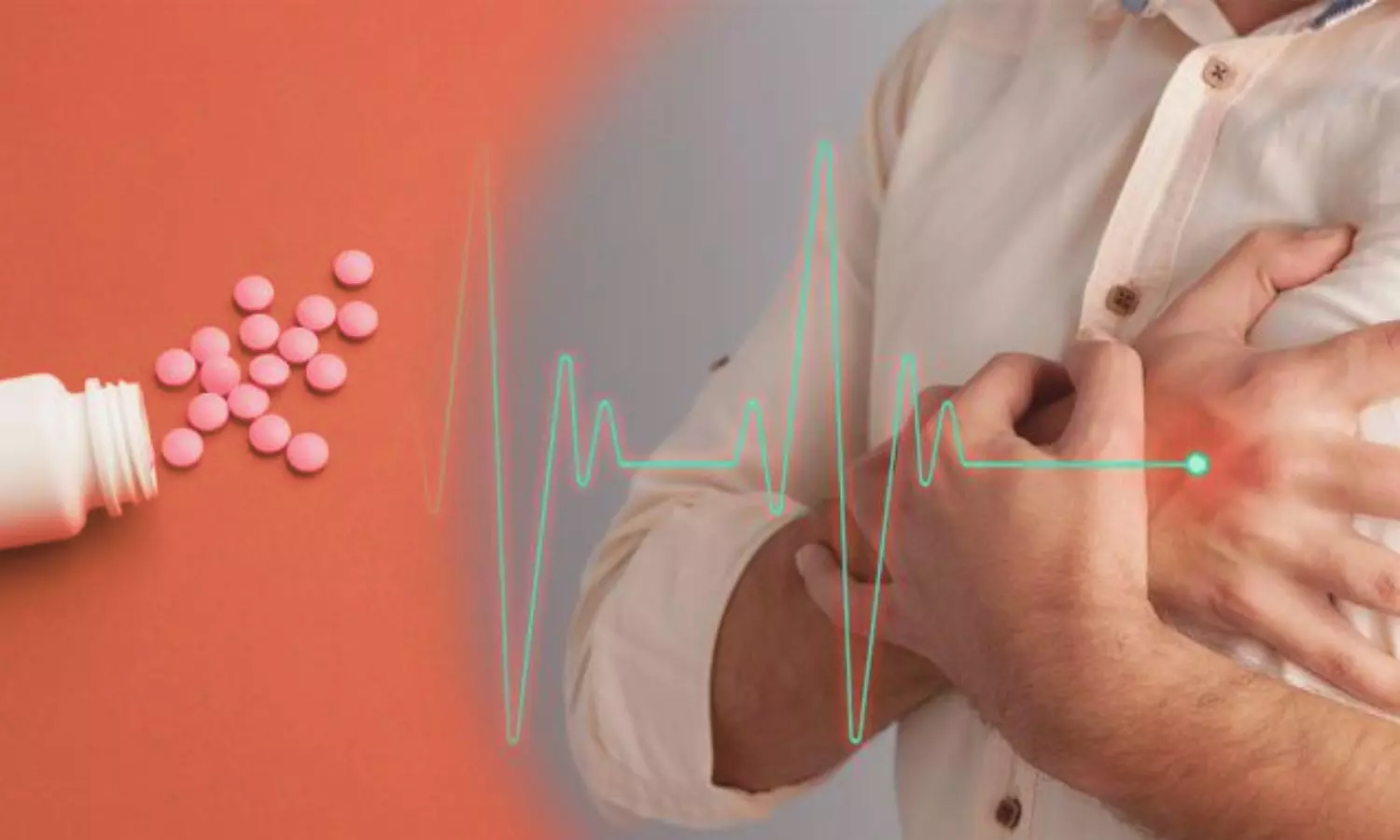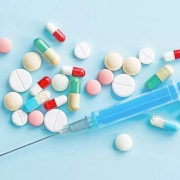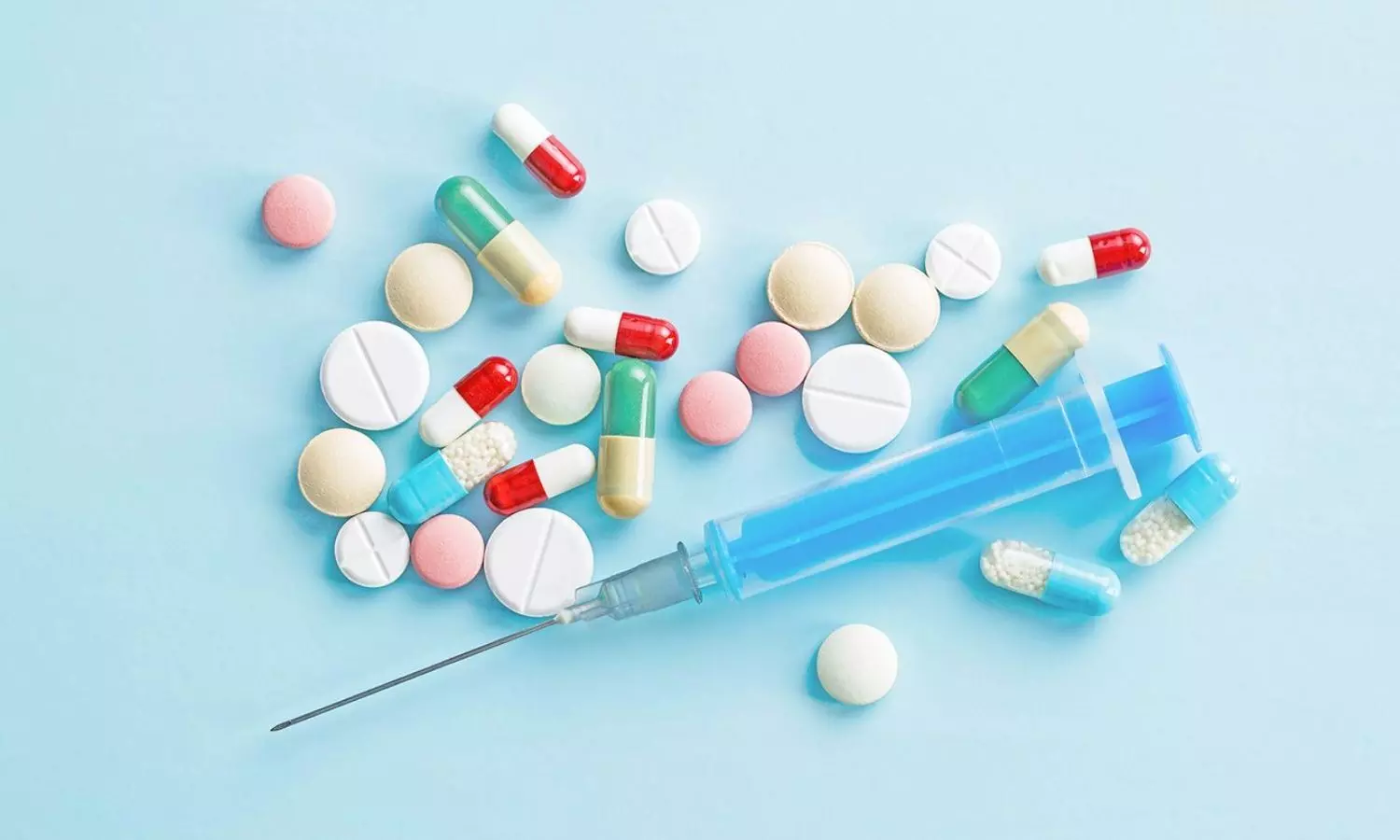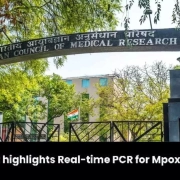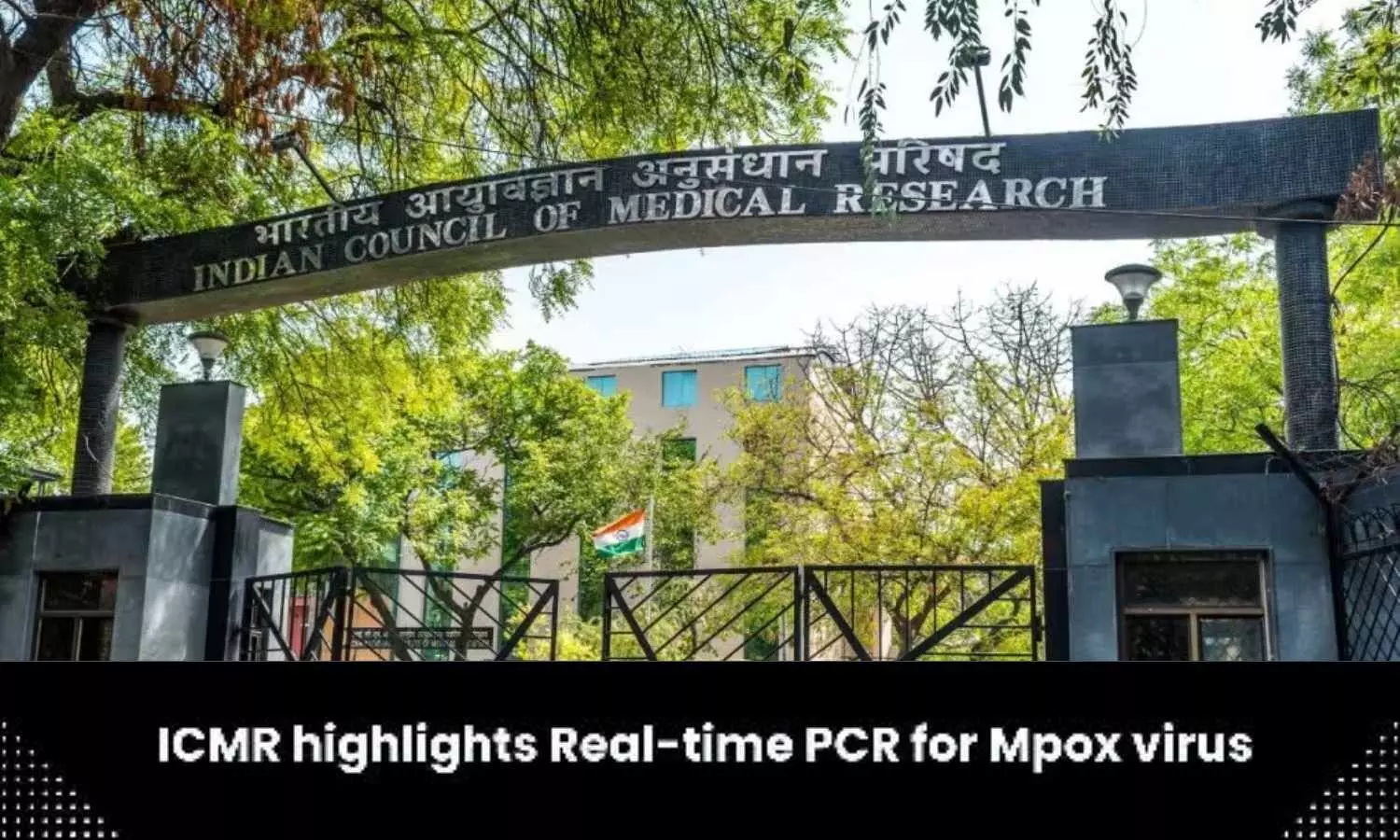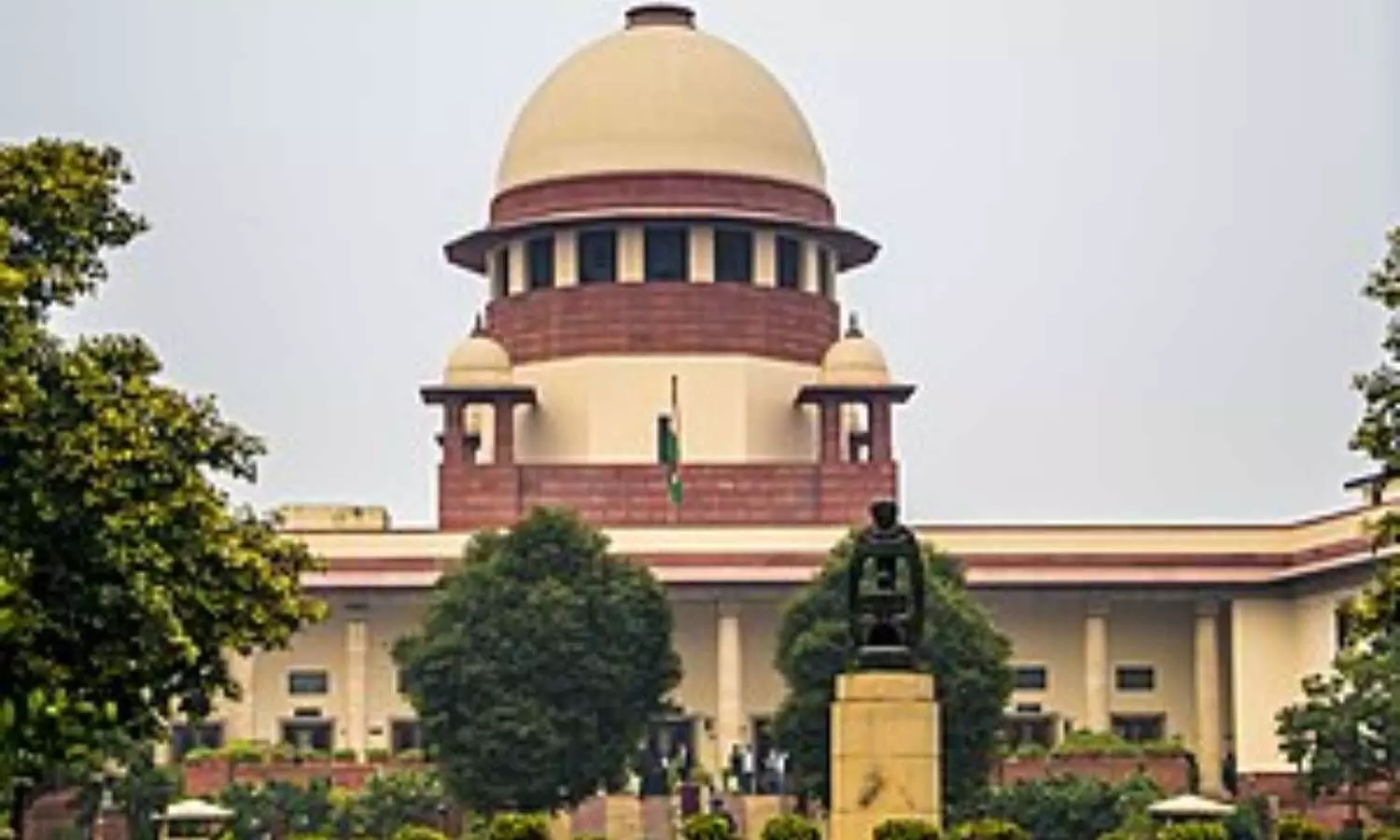The Moving Annual Total (MAT) basis showed the market achieving 194,951 Cr with a 7.4% value growth. Significant growth was observed in Respiratory, Pain/Analgesics, Urology, Anti-Neoplastics, and Stomatologicals, with notable performances in Respiratory Therapy, particularly Anti-asthma and COPD combinations. The Pain/Analgesics therapy also exhibited positive attributes, possibly influenced by seasonal trends, while Monoclonal antibodies and Immunosuppressive agents contributed significantly to the Anti-neoplastics therapy.
In the realm of therapy performance, Cardiac treatments exhibited a commendable 11.75% growth in value, coupled with a 3.19% increase in units. Despite a slight dip in unit growth, the Cardiac therapy sector contributed significantly to the overall positive trend in the market. Anti-Infectives demonstrated robust performance, boasting an 11.66% growth in value and a 3.17% increase in units. This strong performance reflects a notable demand for infectious disease management. Gastrointestinal therapies displayed steady growth, recording a 10.28% increase in value and an impressive 7.34% growth in units, indicating a sustained demand for treatments in this category.
Anti-Diabetic therapies showcased positive value growth at 10.78%, though there was a slight decrease in unit growth at 2.39%. Respiratory treatments experienced a 4.02% growth in value, but a decline of -2.59% in unit growth, possibly influenced by specific market dynamics. Pain/Analgesics therapies exhibited consistent growth with a 10.62% increase in value and a 2.46% rise in units, indicating a stable demand for pain management solutions. Anti-Neoplastics emerged as a standout performer with an impressive 20.54% growth in value and a remarkable 24.49% increase in units, pointing to a rising demand for cancer-related treatments. Stomatologicals showcased positive growth with an 8.92% increase in value and a 1.37% rise in units, emphasizing the demand for oral health-related pharmaceuticals.
As per the report, the growth in January ’24 was primarily fueled by price (5.2%) and new products (4.3%). Major therapies such as Cardiac, Anti-infectives, Pain/Analgesics, Neuro/CNS, and Anti-neoplastics experienced substantial volume growth. Remarkably, considerable price growth was observed in Cardiac, Gastrointestinal, Respiratory, Vit/Min/Nutr, Pain/Analgesics, and Neuro/CNS therapies. The new product lever, especially in Anti-diabetic, Blood-related, Hormones, and Stomatologicals, played a crucial role in driving IPM growth.
The top corporates influencing the market included Sun+Ranbaxy, Abbott, Mankind, Cipla, and Zydus. Similarly, the top brands contributing to sales included Augmentin (GSK), Glycomet GP (USV), Manforce (Mankind), Foracort (Cipla), and Mixtard (Abbott*).
In terms of the zonal split in Jan ’24, the IPM exhibited a value skew of S-N-W-E and a unit skew of N-S-E-W. The West zone led with the highest unit growth of 5.5%, and Tamil Nadu and UP-west & Uttarakhand emerged as the highest contributing states. However, Telangana was the only state pan India demonstrating a dip (-5%) in Jan ’24.
In the acute/chronic split, all segments displayed healthy growth, with a stable cyclic trend in the chronic and sub-chronic segments. Acute and chronic therapies contributed an incremental value of ~500 Cr each to the IPM over the Same Period Last Year (SPLY). The acute portfolio, holding ~50% share, contributed 7527 Cr in Jan ’24, with an 8% value growth and 2% unit growth. Sun Pharma* maintained its 1st position, and Fresenius exhibited remarkable performance. In the chronic segment, contributing ~33% to the IPM value, recorded 5463 Cr, growing at 11% by value, with nine corporates sustaining their rank over Jan ’23. The sub-chronic category contributed 19% by value and 15% by units, recording sales of 3239 Cr, growing at 10% by value.
The Supergroup Gauger revealed the top 5 corporates in each therapy for Jan ’24, indexed based on overall therapy vs. corporate value growth. Sun* (Cardiac), Aristo (Anti-Infectives), Abbott* (Gastrointestinal), Cipla (Respiratory), and GSK (Pain/Analgesics) emerged as leaders, highlighting their market dominance. In the Indian/MNC Therapy Split, Indian corporates recorded a 10% value growth and a 2.5% unit growth, contributing ~84% across major therapies, while MNCs demonstrated a 6% growth in value, with vaccines being their leading contributor.
Regarding New Introduction Dynamics, in the last 12 months, new SKUs valued at 891 Cr contributed 0.9% to the IPM in Jan ’24. Alkem*, Mankind, Eris LS, Cipla, Sun Pharma, and Abbott* led in launching new introductions, contributing to 16% of the total NIs.
The top 5 therapies leading in new introductions were Anti-diabetic, Cardiac, Pain and Analgesics, Derma, and Neuro/CNS. The average brand value per NI across all supergroups was Rs. 0.30 Cr, with Vaccines (Rs 2.0 Cr/Brand), Antineoplastics (Rs 1.1 Cr/Brand), Blood Related (0.6 Cr/Brand), Gynecological (0.52 Cr/Brand), and VMN (0.50 Cr/Brand) showing relatively higher brand values per NI.
Jan ’24 witnessed one new subgroup launch, with only 4 subgroups crossing a turnover of more than 1 Cr, and 5 subgroups from the OAD Combinations.
